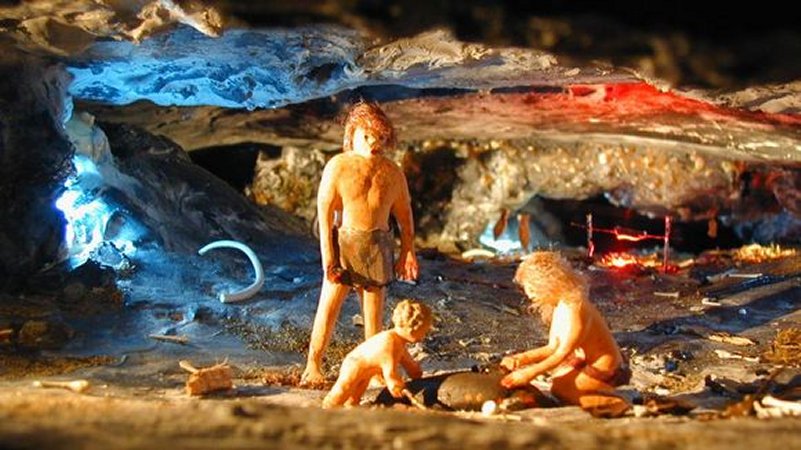Declining Fertility Rates May Explain Neanderthal Extinction
Conny Waters - AncientPages.com - The causes of disappearance of the Neanderthals, the only human population living in Europe before the arrival of Homo sapiens, have been debated for decades by the scientific community.
Different hypotheses have been advanced to explain this demise, such as cognitive, adaptive and cultural inferiority of Neanderthals.
Now researchers from Aix Marseille Université, France have a new approach.
They created a Neanderthal population model allowing them to explore demographic factors which might have resulted in declining populations and population extinction over a period of 4,000-10,000 years.
The authors defined populations as extinct when they fell below 5,000 individuals.
See also:
Neanderthals Had More Children And Lived In Smaller Groups Than Was Previously Thought
Neanderthals And Modern Humans Diverged At Least 800,000 Years Ago
The authors saw in their model that extinction would have been possible over the course of 10,000 years with a decrease in fertility (just 2.7 percent) regarding young (less than 20-year-old) Neanderthal women. If the fertility rate decreased by 8 percent, extinction would have occurred within 4,000 years.
The authors intended to explore possible Neanderthal extinction scenarios rather than to posit any definitive explanation and the study can be a useful tool in studying Neanderthals.
"This study of the disappearance of the Neanderthals does not attempt to explain "why" the Neanderthals disappeared, but to identify "how" their demise may have taken place," the authors said.
The results suggest that a very small reduction in fertility may account for the disappearance of the Neanderthal population. Additionally, this decrease did not concern all female Neanderthals, but only the youngest (less than 20 years old).
Written by Conny Waters - AncientPages.com Staff Writer





















